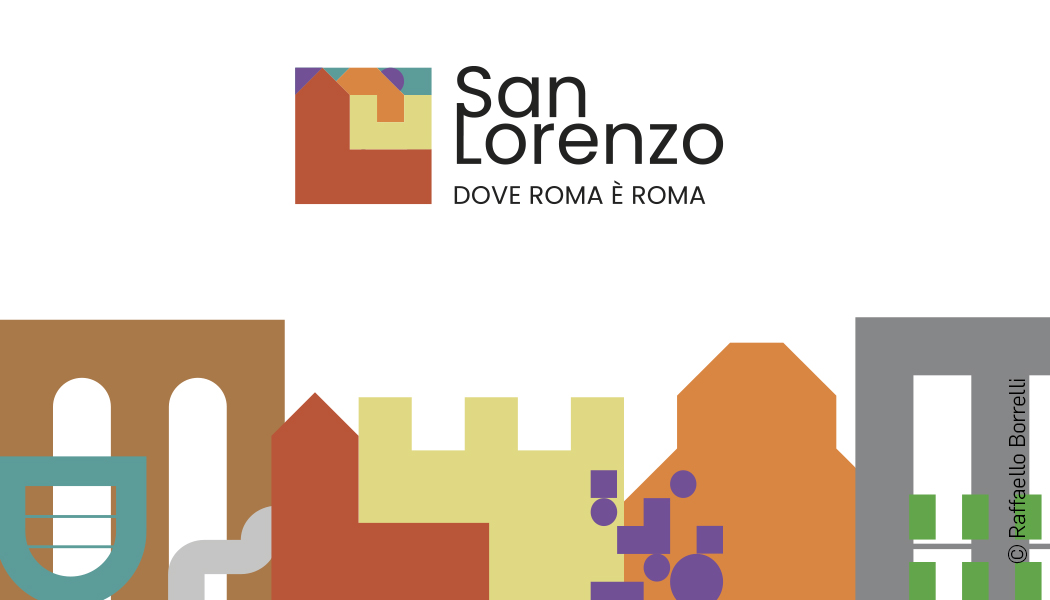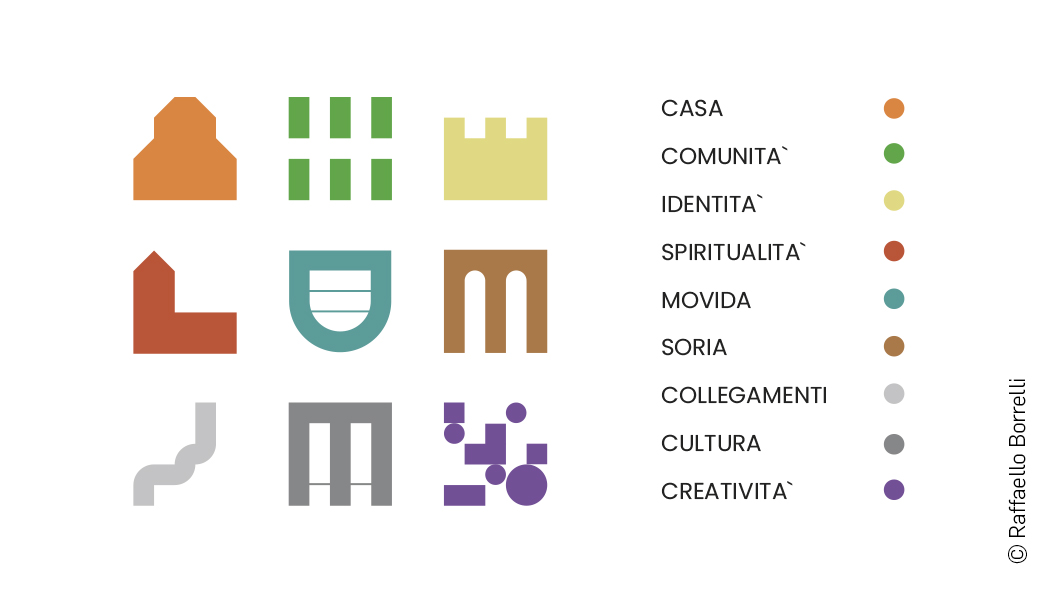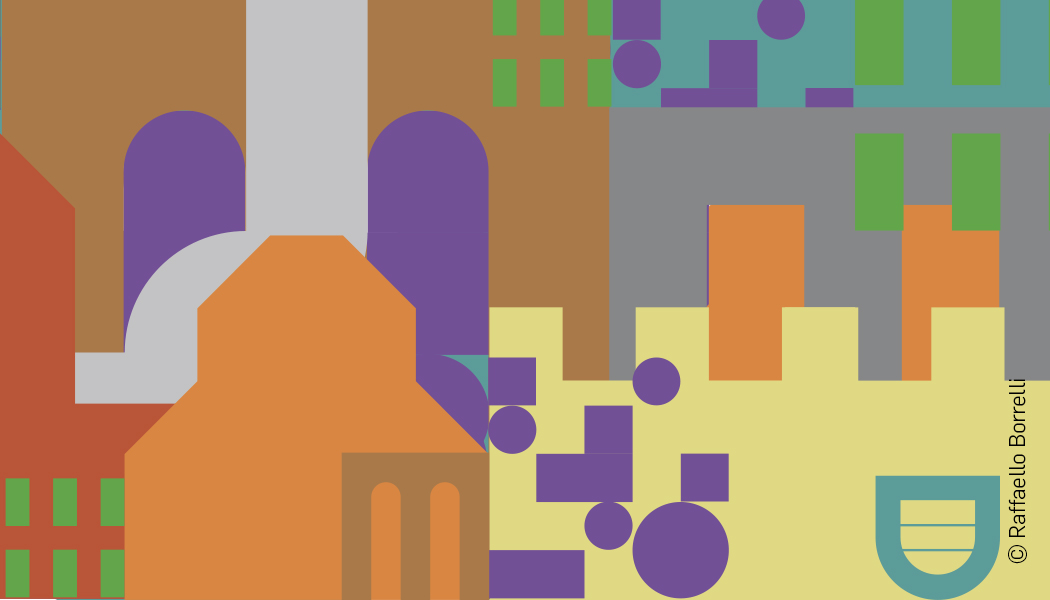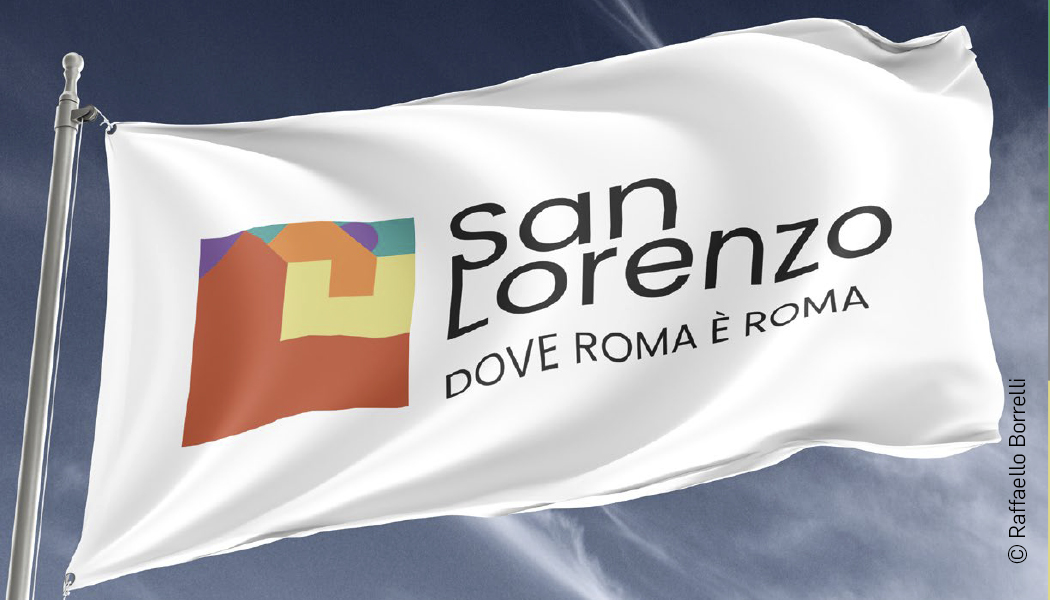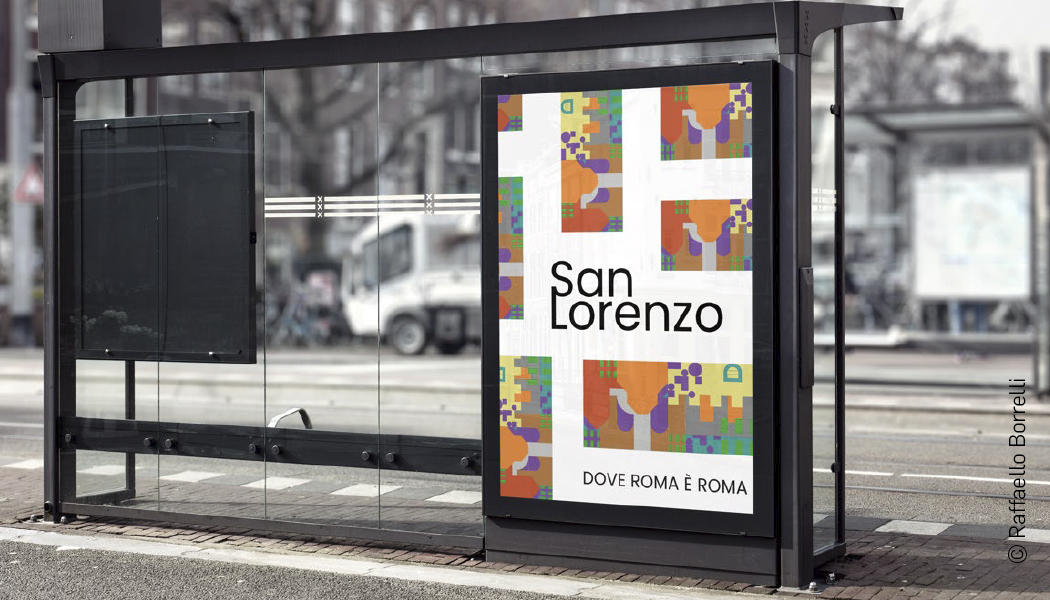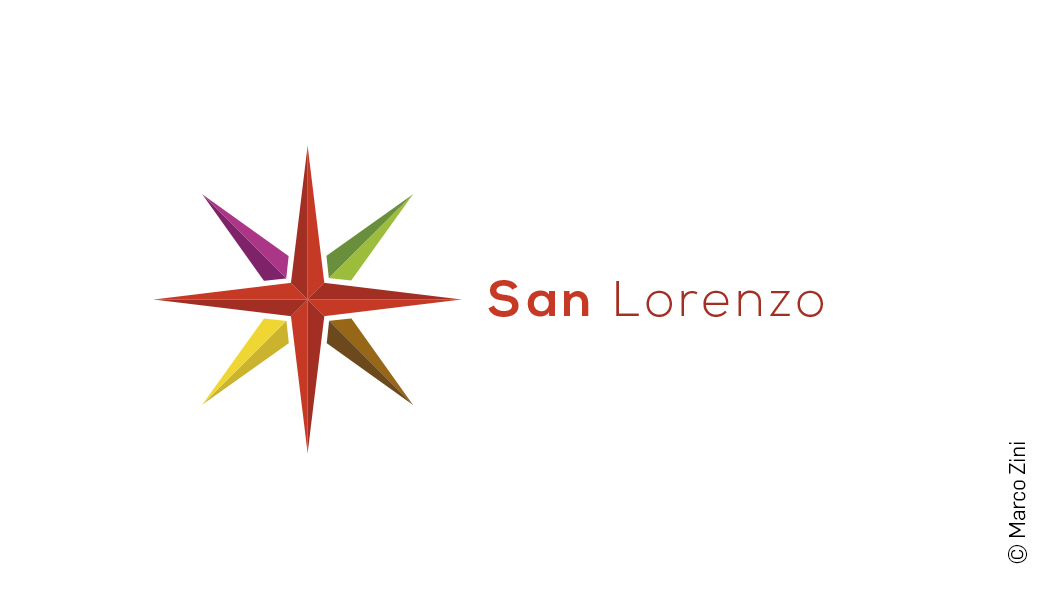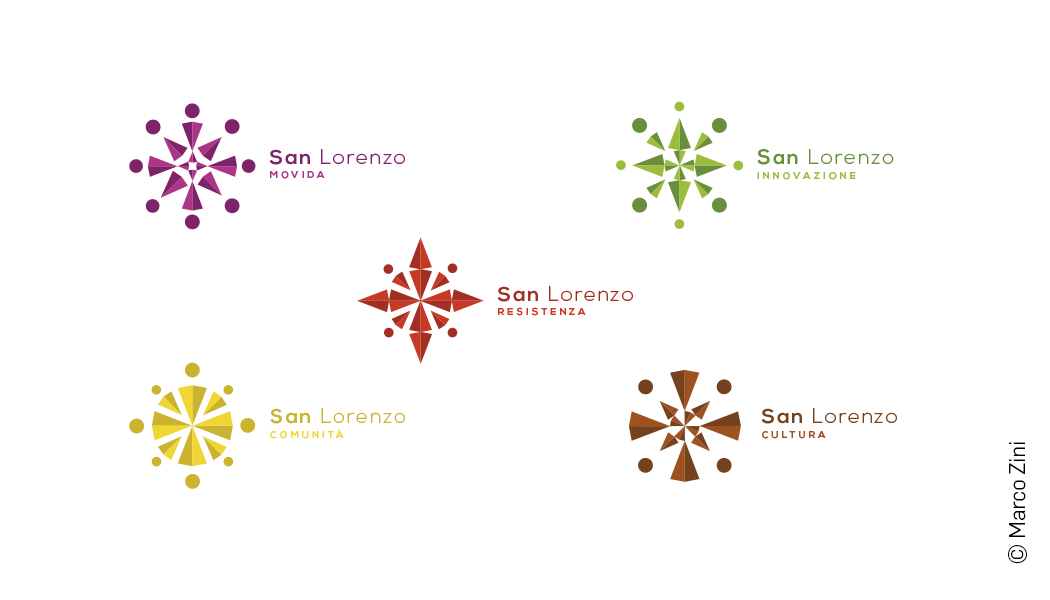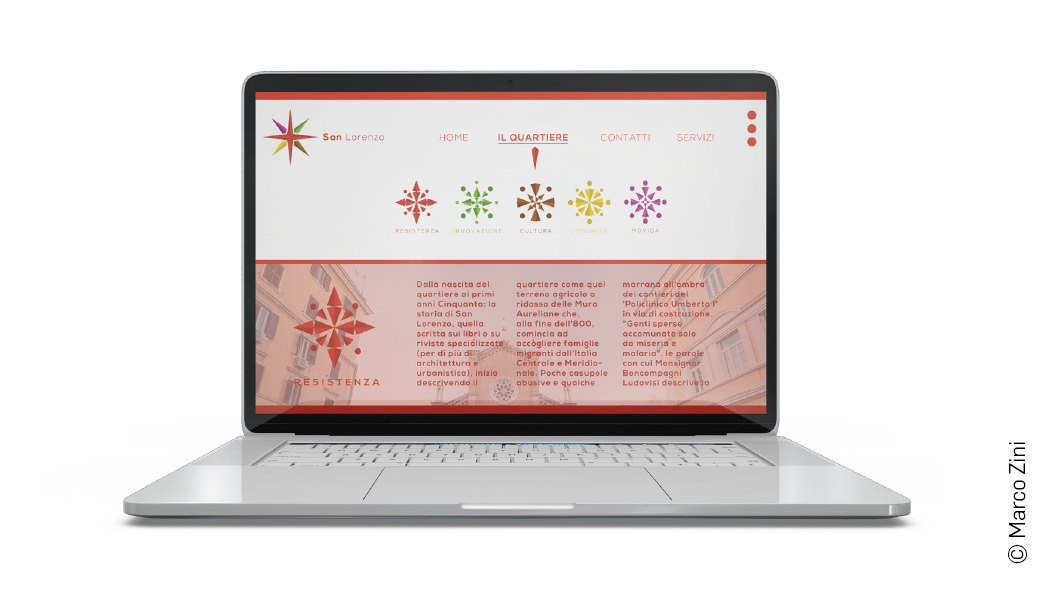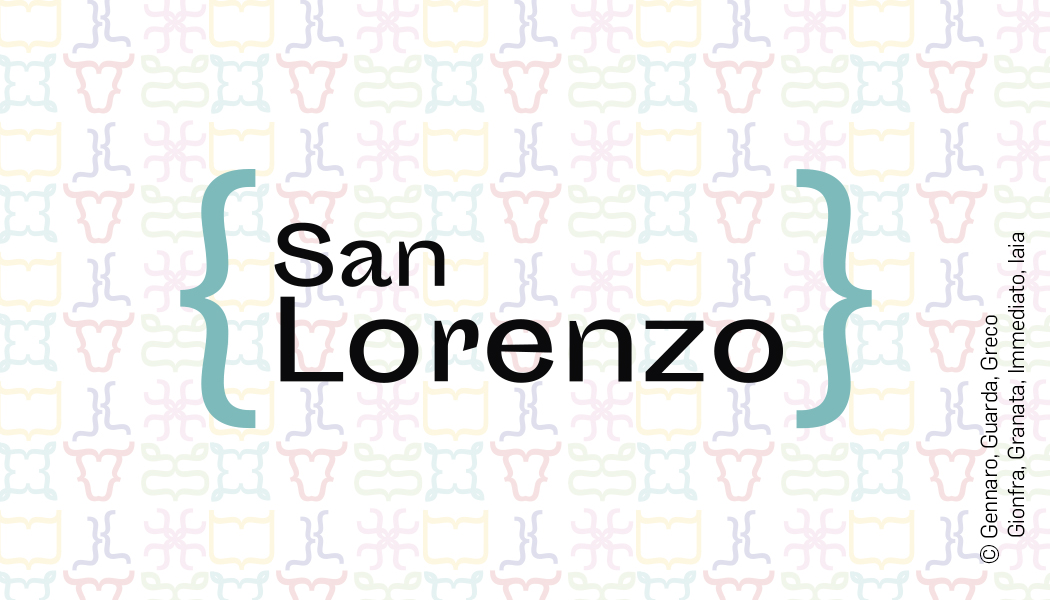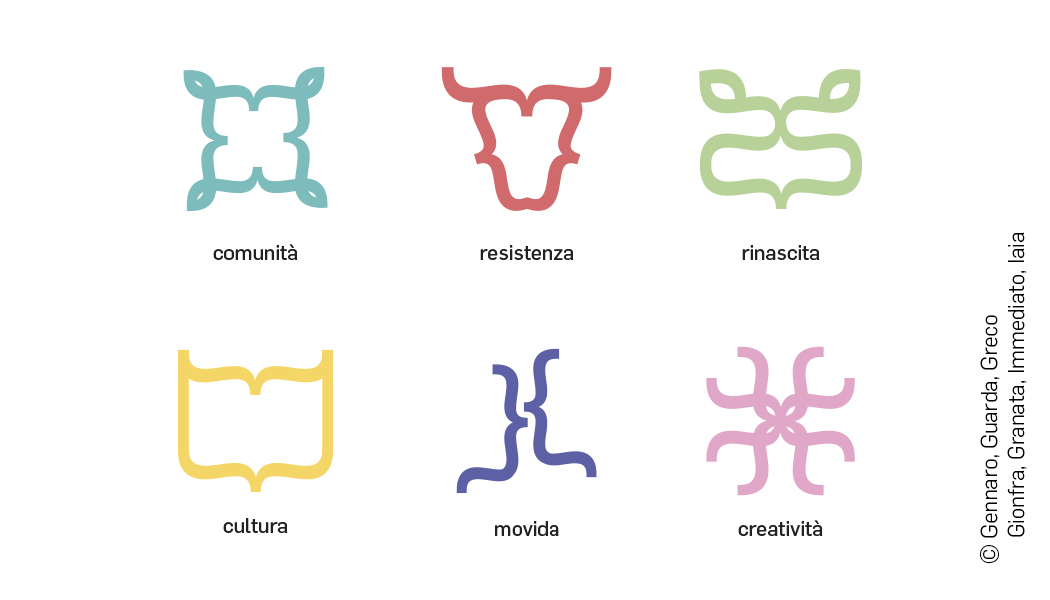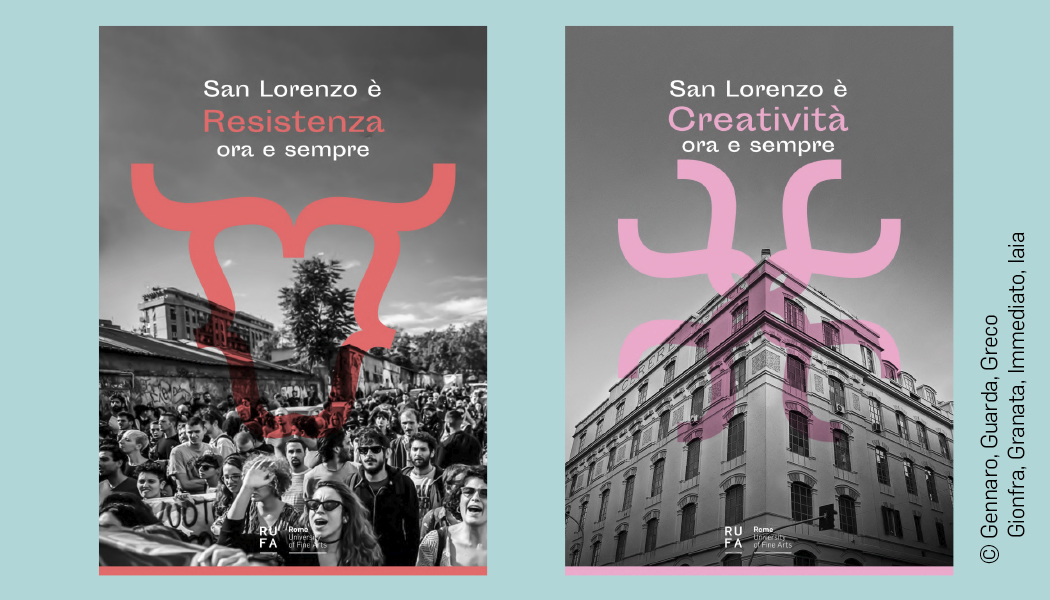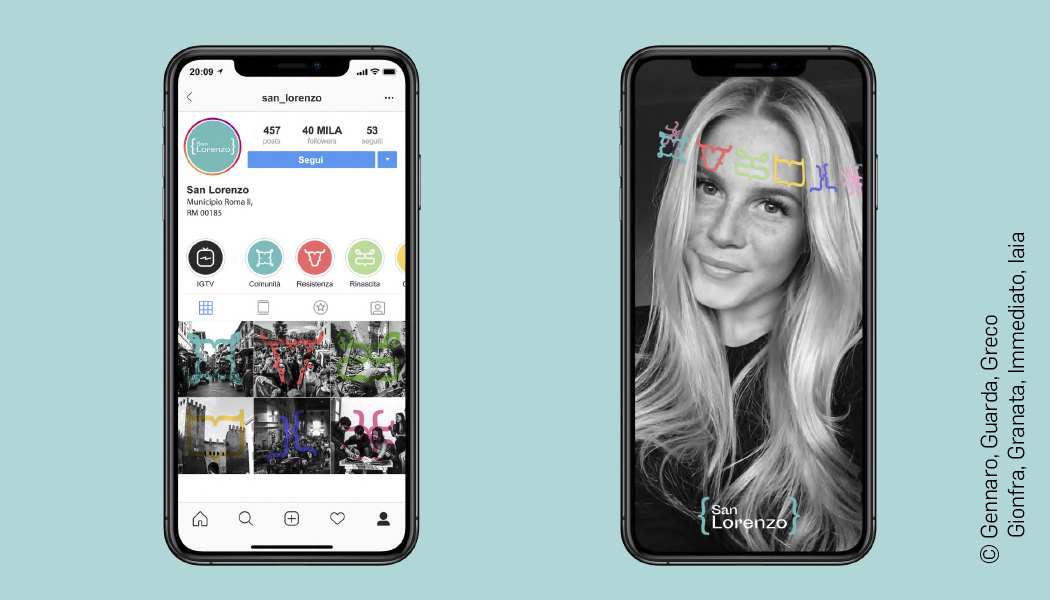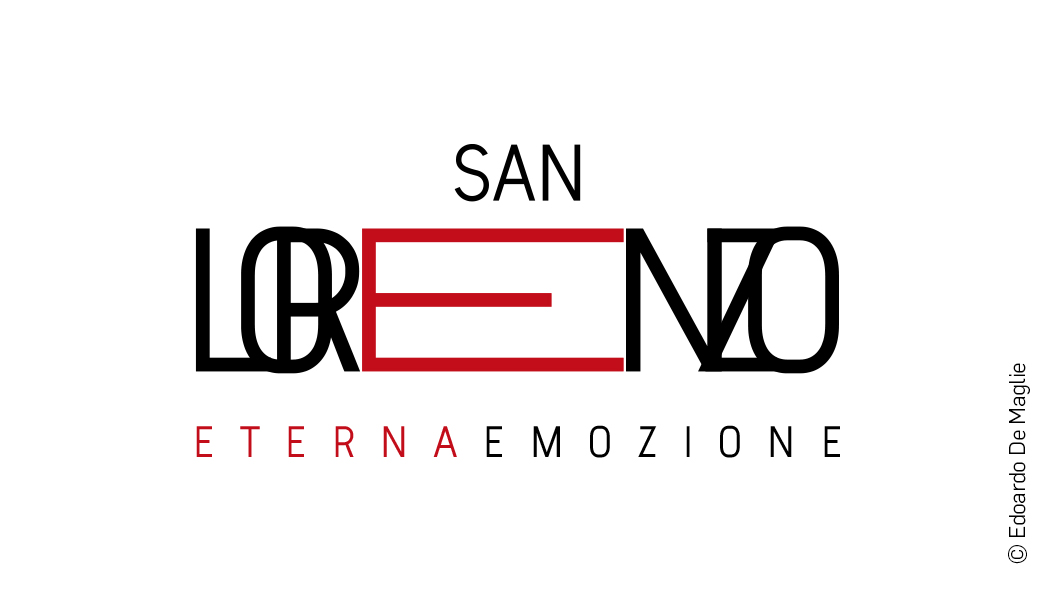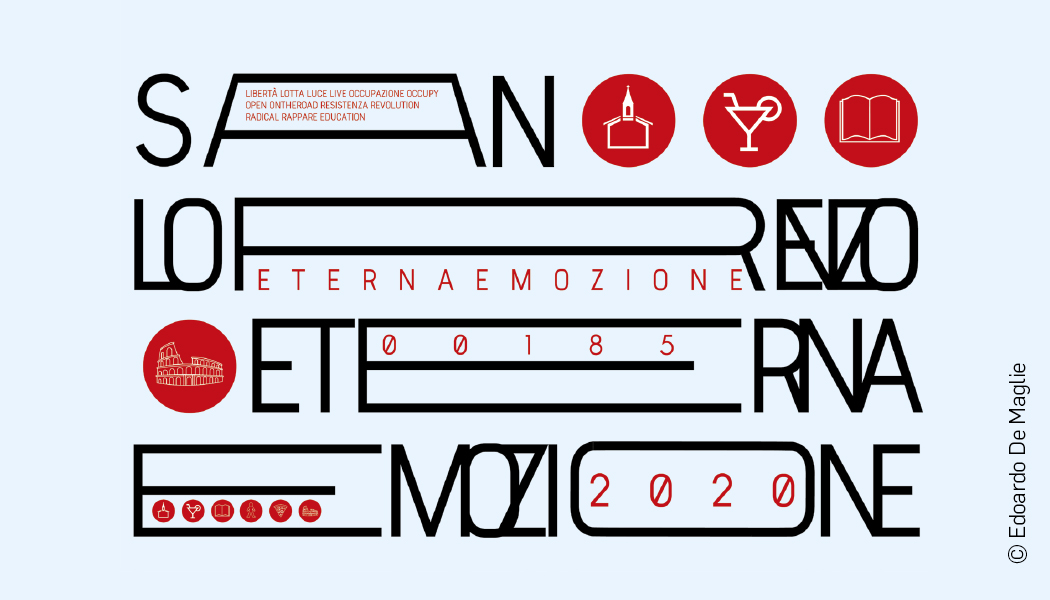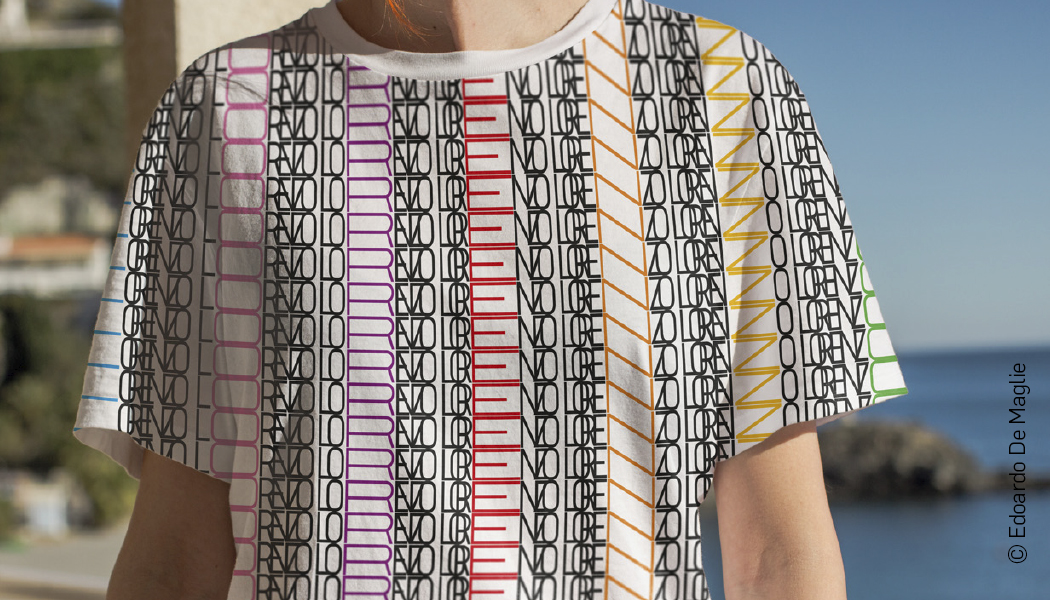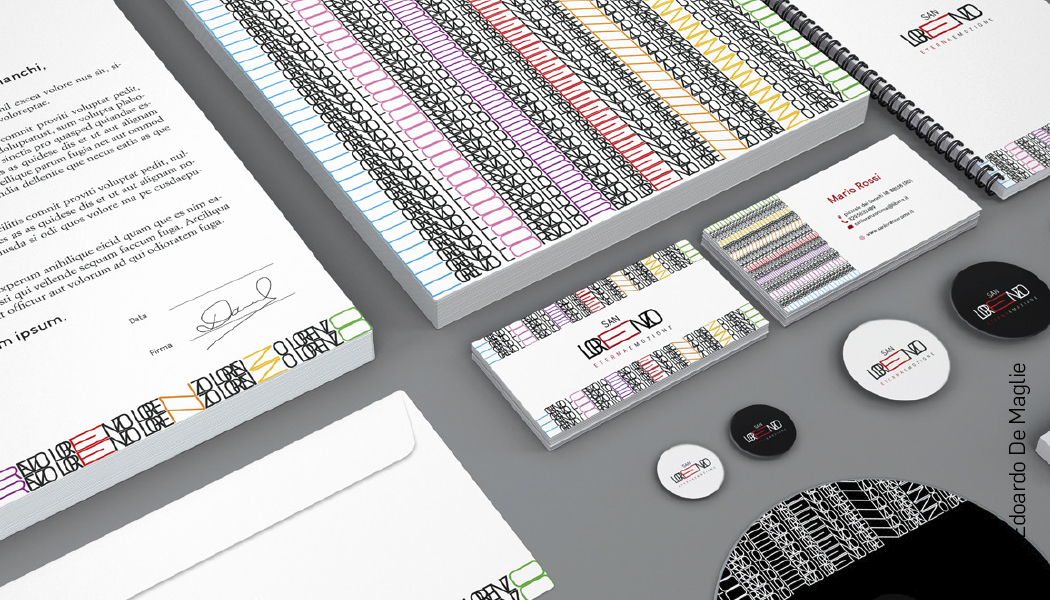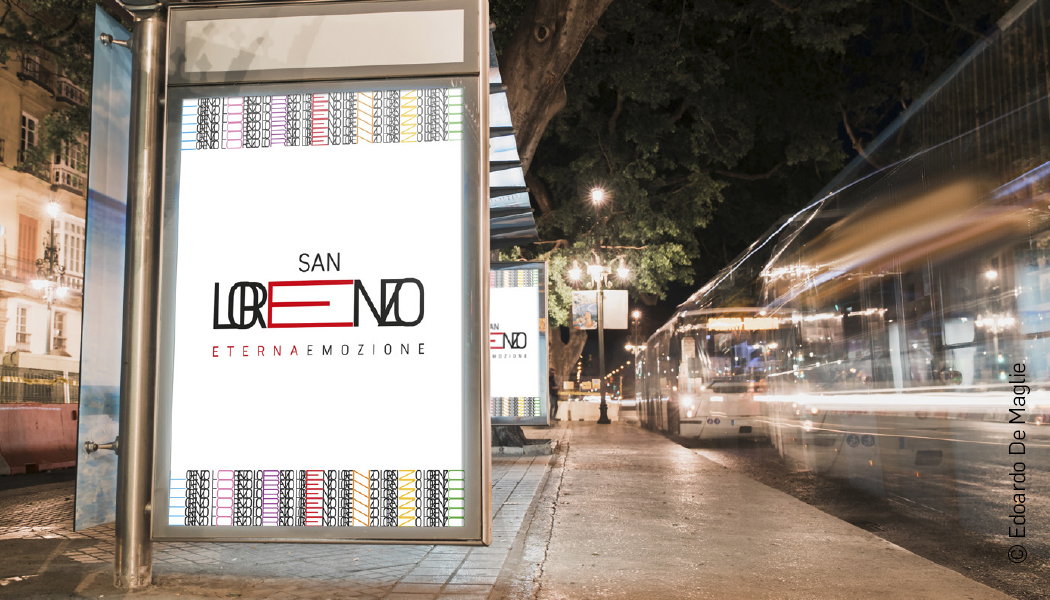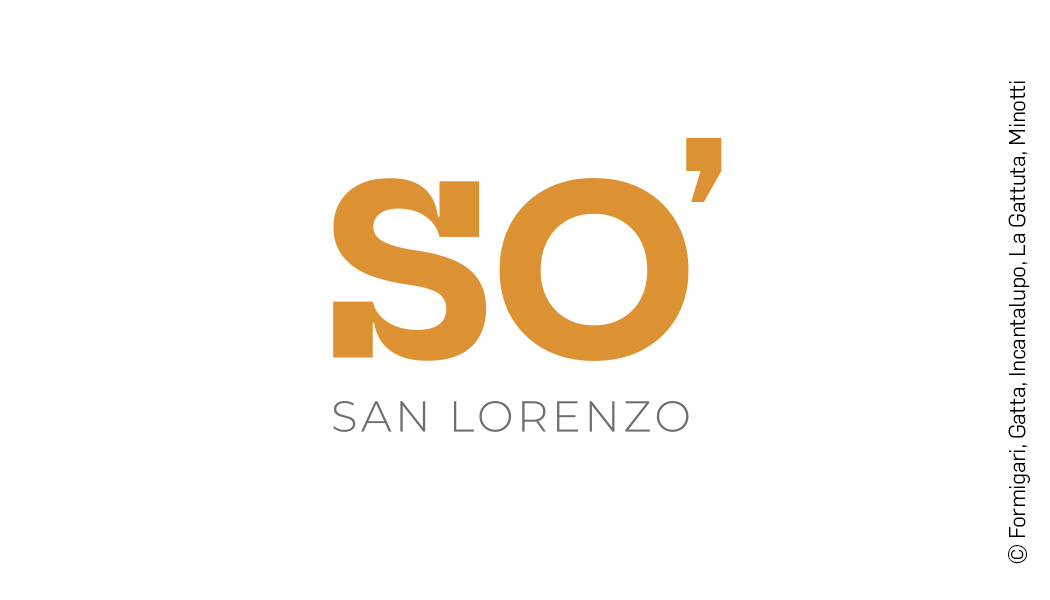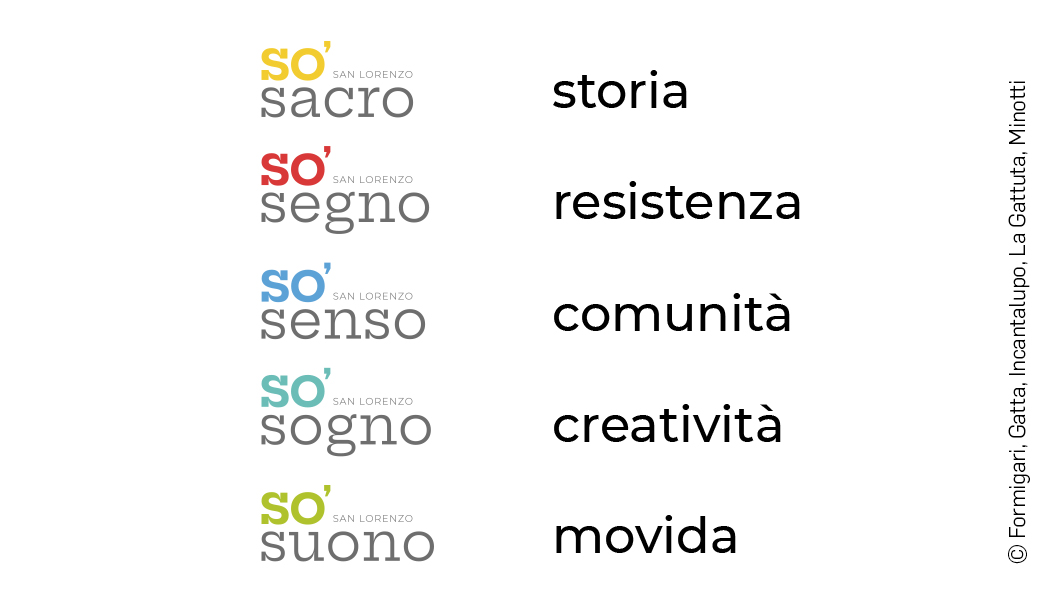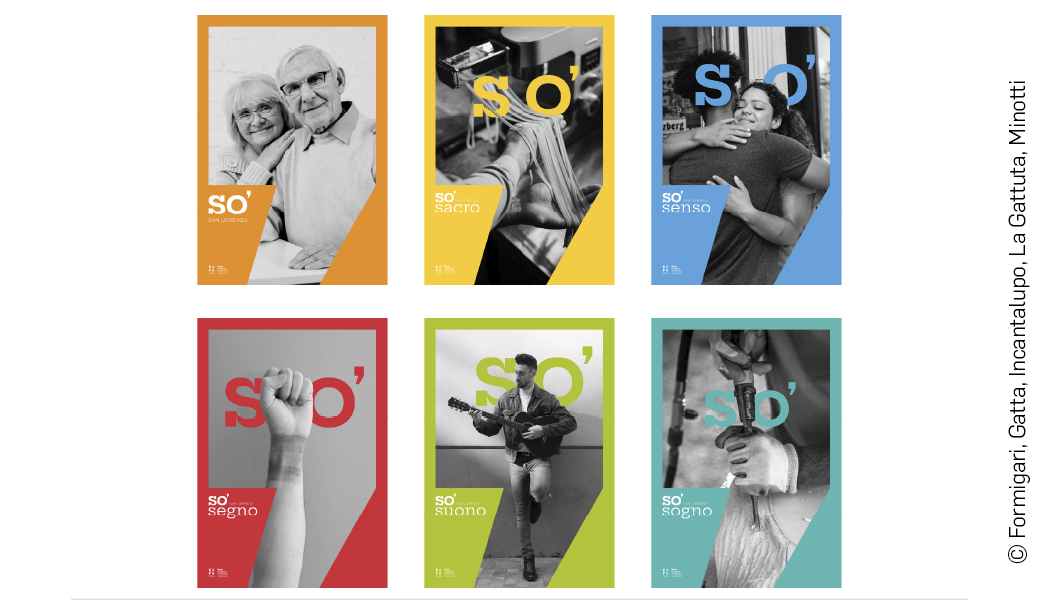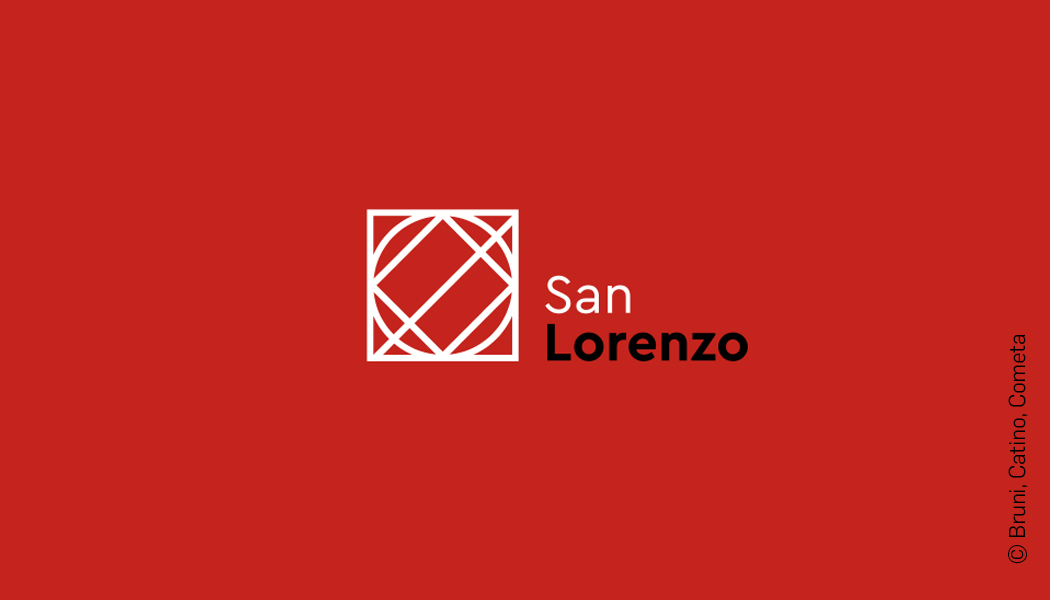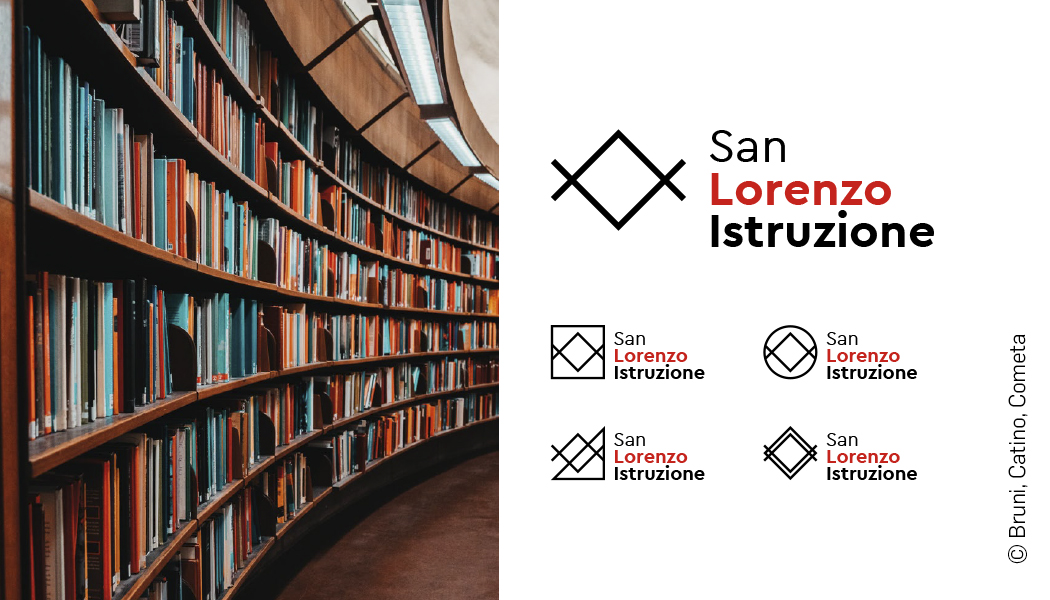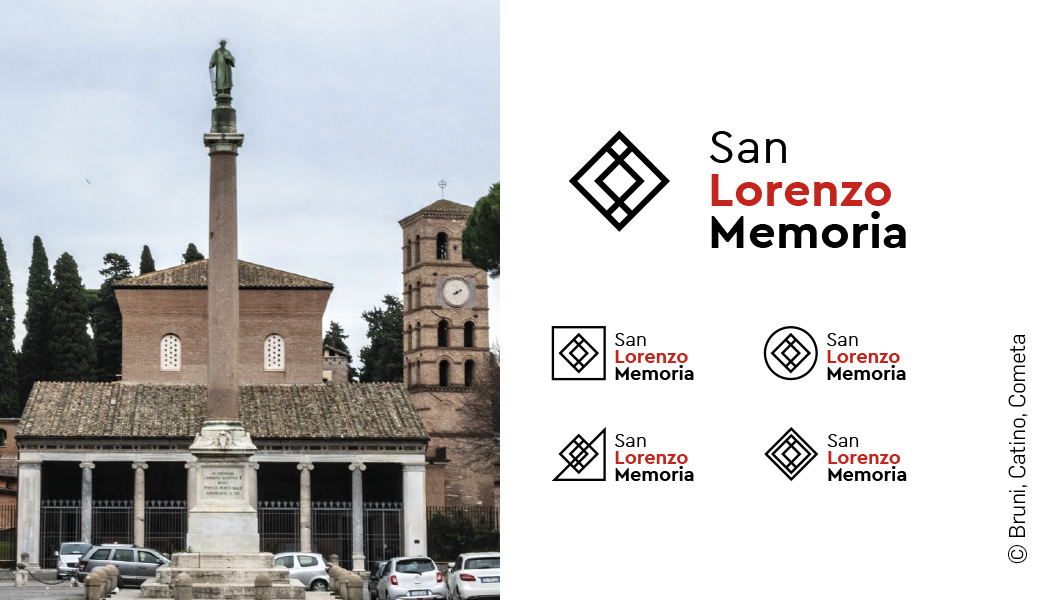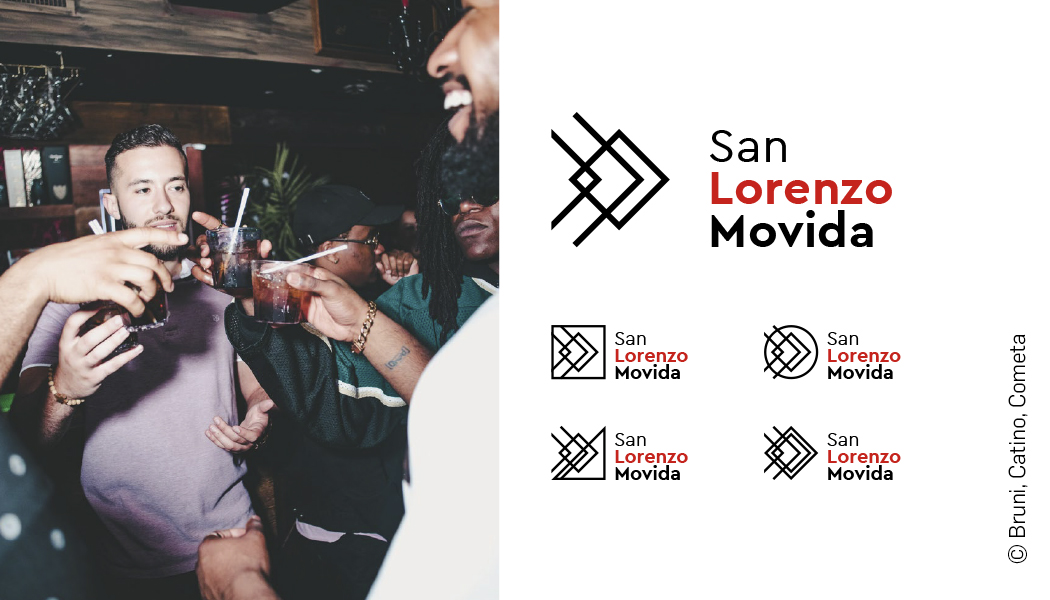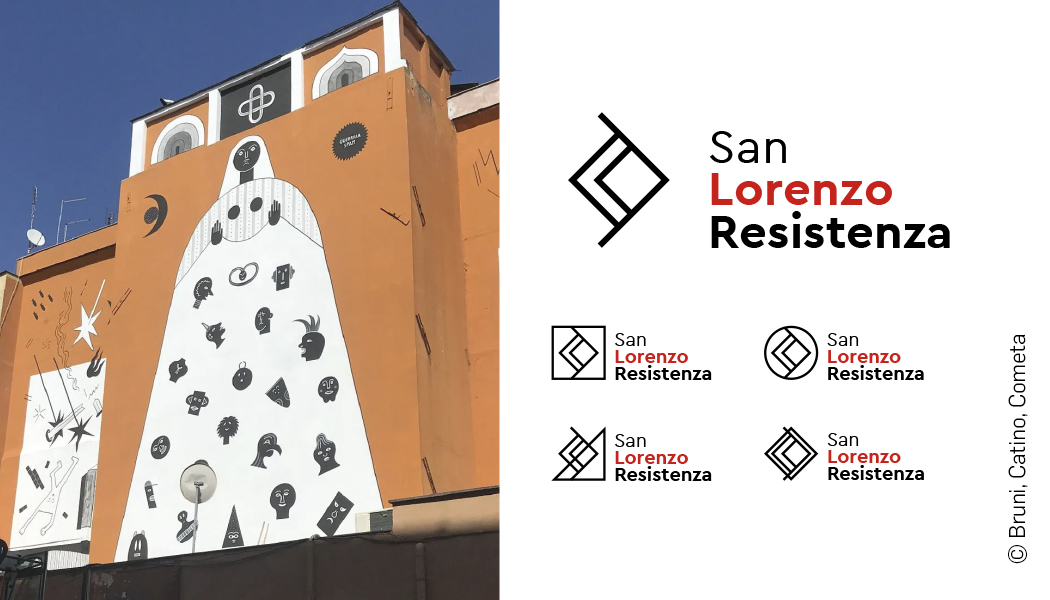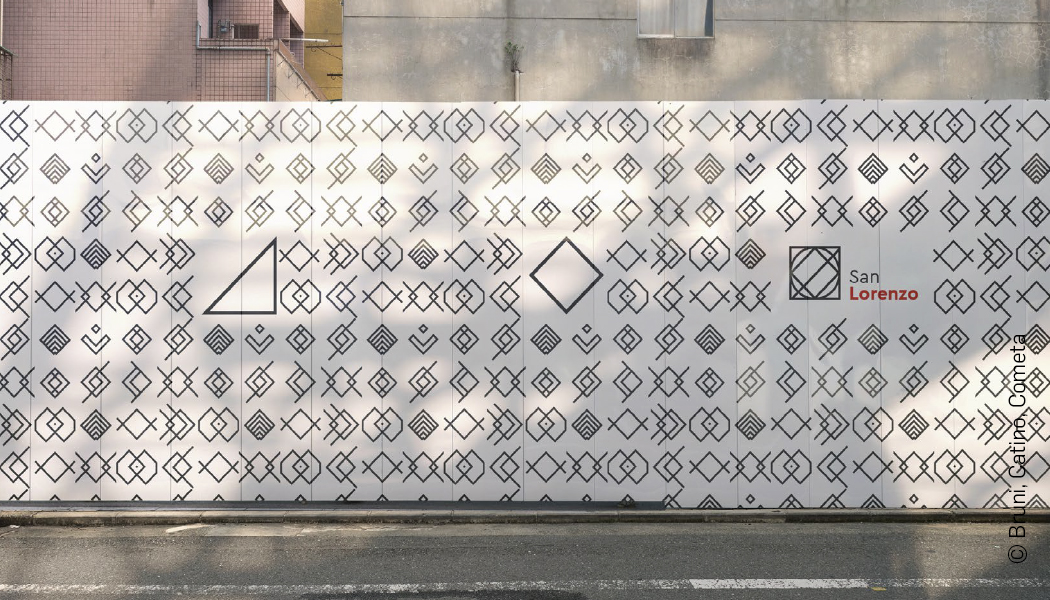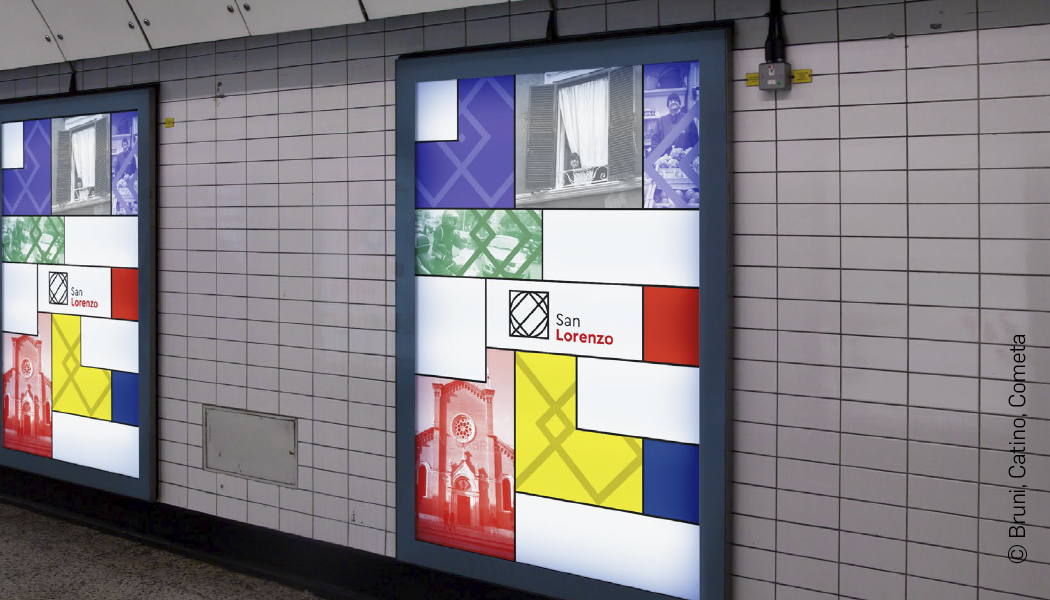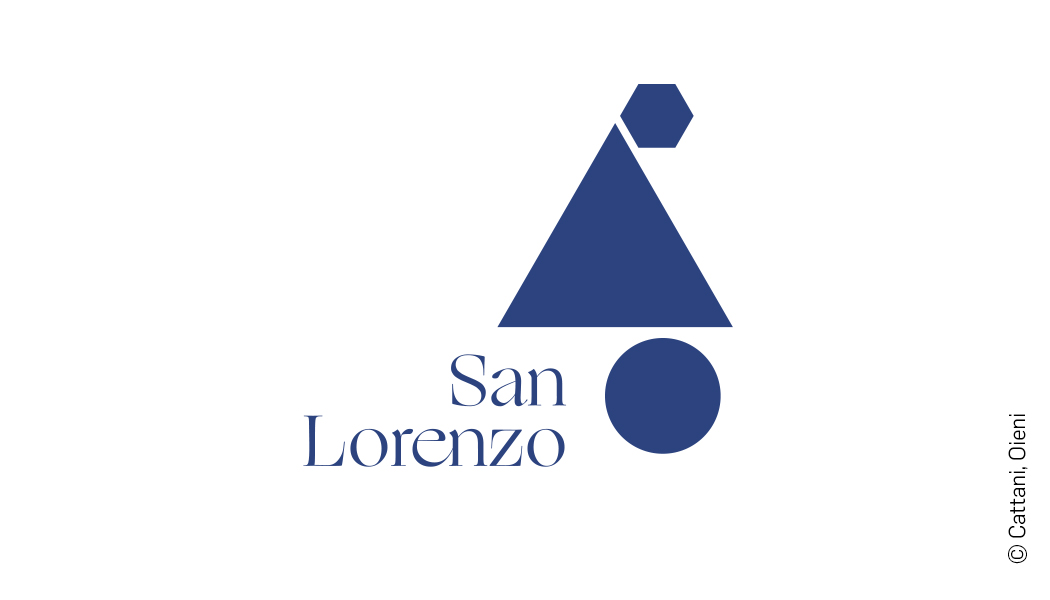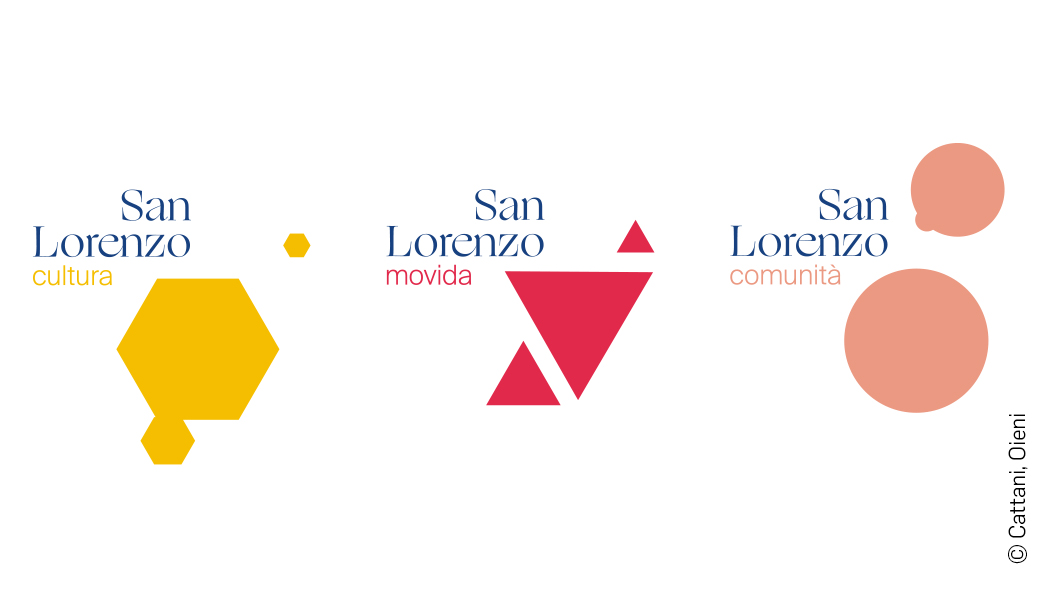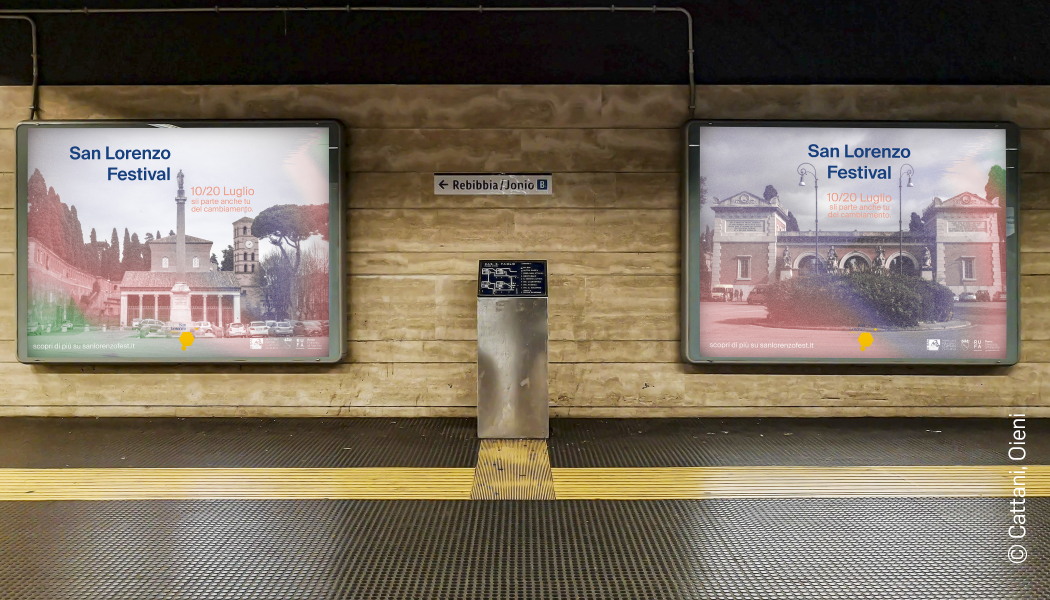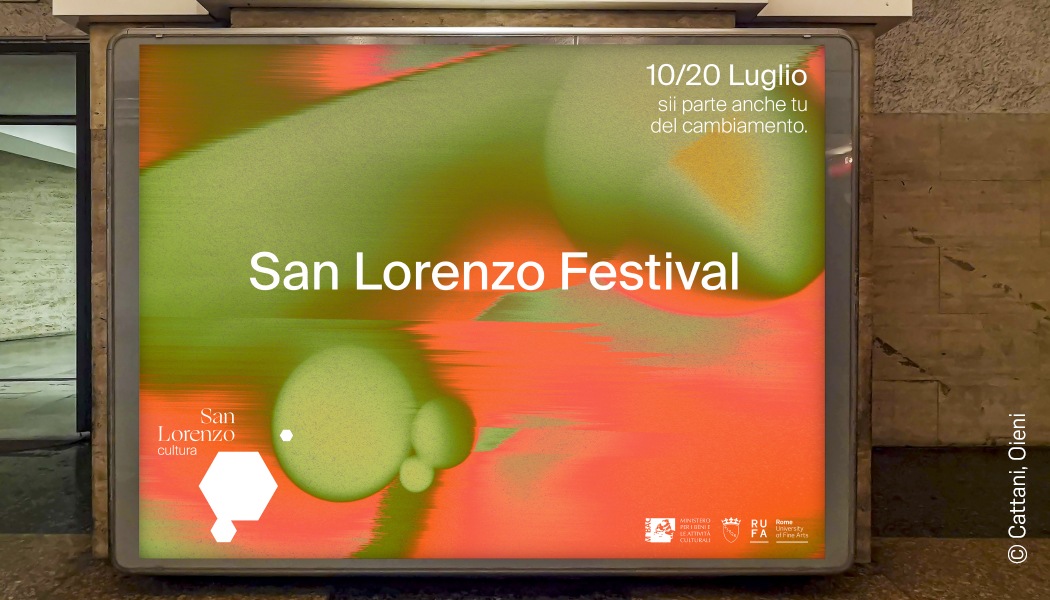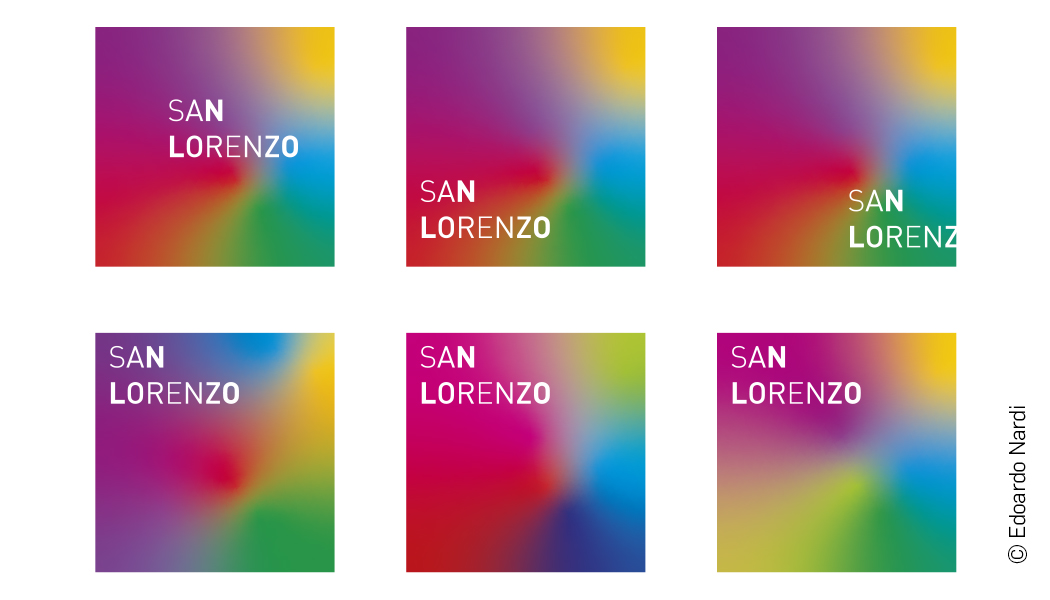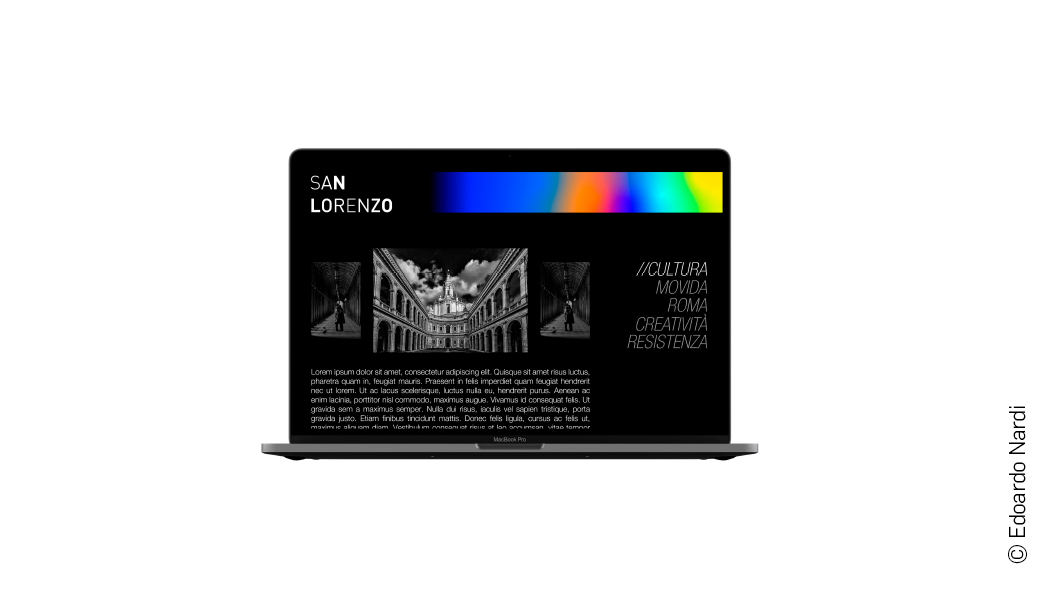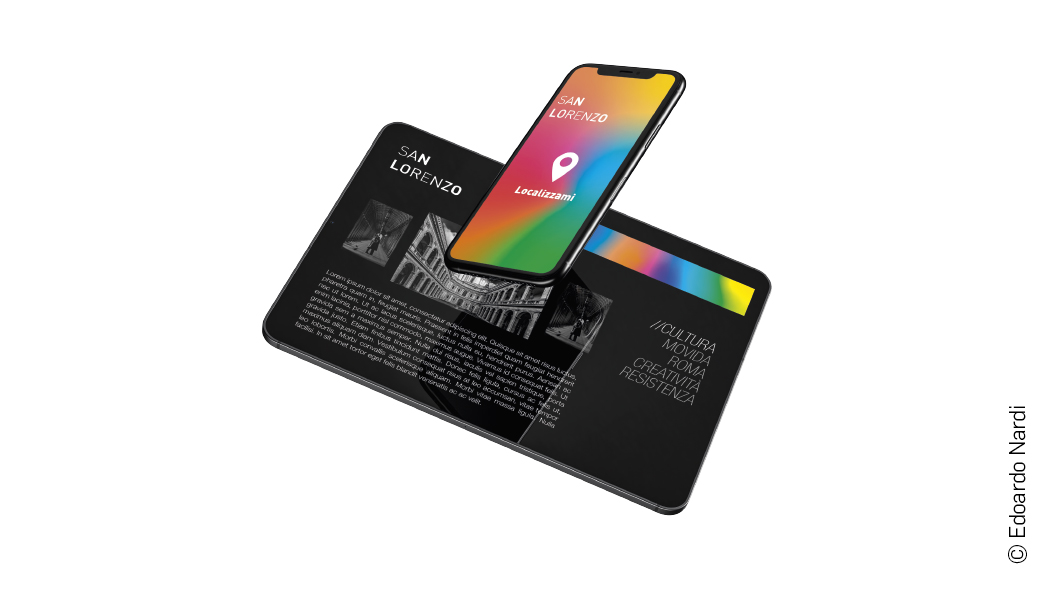COURSE
Graphic Design
PROFESSOR
Enrico Parisio
STUDENTS
Giuseppe Accroglianò, Sara Andronico, Claudio Antonangeli, Aurora Baiocchi, Elena Belli, Carlotta Biagioni, Sara Bonini, Raffaello Borrelli, Luca Bruni, Stefano Catino, Eleonora Chicca, Loris Cometa, Sara Corona, Domitilla Davoli, Carla De Gennaro, Edoardo De Maglie, Francesco Dori, Alessio Gennaro, Domiziano Sagnelli, Nicolo Santini Rossi, Flaminia Filigi, Gaia Formigari, Carlotta Franceschi, Giulia Gatta, Marco Genovali, Valeria Gionfra, Virginia Granata, Beatrice Greco, Valentina Guarda, Leonardo Iaia, Isabella Immediato, Francesco Paolo Incantalupo, Fabio La Gattuta, Gianluca Mazzocco, Francesca Mazzù, Letizia Micheli, Gabriele Minotti, Diego Morana, Roberto Muto, Stefano Cattani, Giulia Del Vecchio, Edoardo Nardi, Marco Nicolò, Barbara Notaro, Alice Oieni, Laura Perrucci, Silvia Santopaolo, Lorenzo Numa Sbrolli, Antonella Scardino, Giordana Scipioni, Rachele Sdoga, Sara Stipcevich, Caterina Tahan, Marco Telesca, Valerio Teti, Francesco Tricarico, Martina Villani, Rebecca Zambelli, Alessia Zappitelli, Marco Zini
The project
City Branding is a well-attended city branding project for a district which is multifaceted, vibrant, innovative and traditional at the same time. As North European and global experiences can attest, a developed cultural district can be built through definition and identity storytelling. These are key tools to upgrade an area and make it grow both in terms of attractiveness and social cohesion.
Place design projects show how the idea of corporate image has changed. There is a switch from the 1960s Modernism – the Swiss Style – marked by geometric abstactionism, both functionalist and universalizing, as an ethical response to the ‘statuary’ communication particularly dear to the nihilistic nationalisms of the World War II, to the international style of post-war big multinational companies, still influenced by the Swiss Style. After the post-modern rupture with the functionalist rigorism, today we witness a style that leaves behind the formal uniformity and the static and replicable identity – metaphor for Fordism and its standardized mass production – together with post-modern compulsive subjectivism, in favour of artifacts that strive to convey complex concepts such as resilience, ecosystems and community. The 20th century hierarchical tree structures make way for Deleuzian post-structuralist deconstructive rhizomes, so useful today to represent collective subjectivities, fusional experiences and interpersonal identities, rather than the empty metaphysics of the post-modern subject.
In fact, the designers work on the visualization of the limits of form, they determine how and when a structure can be identifiable when it is subject to stimuli varying in intensity over time. Thus, they work on guidelines, on prerequisites to be set and then abandon the prompt control of infinite combinations that variables of the dynamic system can generate without, however, resign themselves to chaos.
PROJECT BY RAFFAELLO BORRELLIPROJECT BY EDOARDO DE MAGLIE
PROJECT BY GAIA FORMIGARI, GIULIA GATTA, FRANCESCO PAOLO INCANTALUPO, FABIO LA GATTUTA, GABRIELE MINOTTIPROJECT BY ALESSIO GENNARO, VALENTINA GUARDA, VALERIA GIONFRA, BEATRICE GRECO, VIRGINIA GRANATA, ISABELLA IMMEDIATO, LEONARDO IAIA
PROJECT BY BRUNI, CATINO, COMETAPROJECT BY ALICE OIENI AND STEFANO CATTANI
PROJECT BY EDOARDO NARDIPROJECT BY MARCO ZINI
